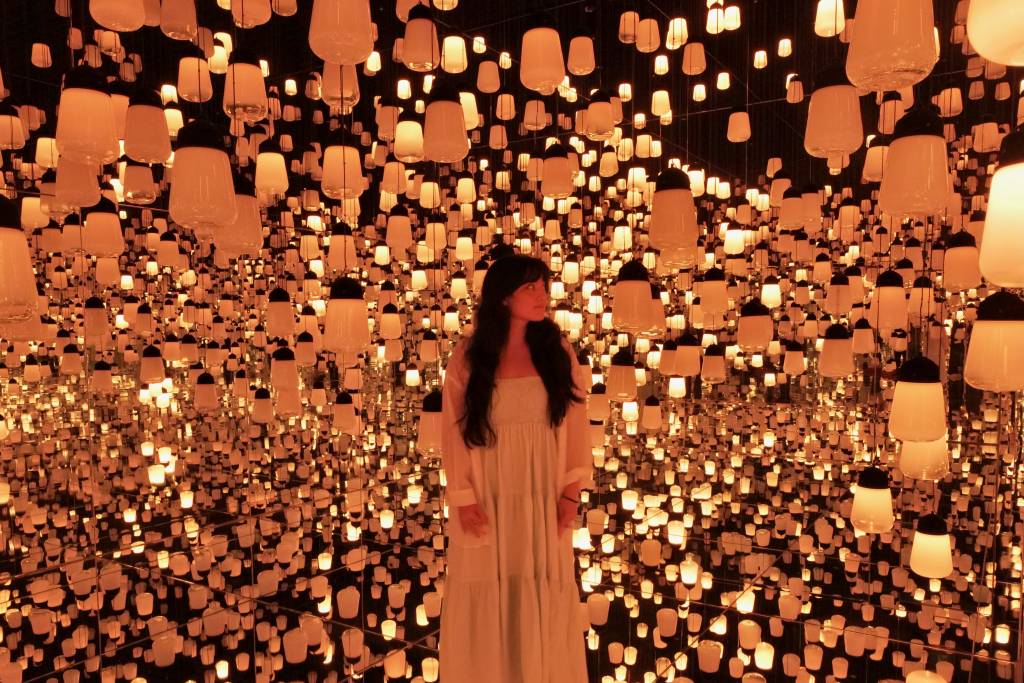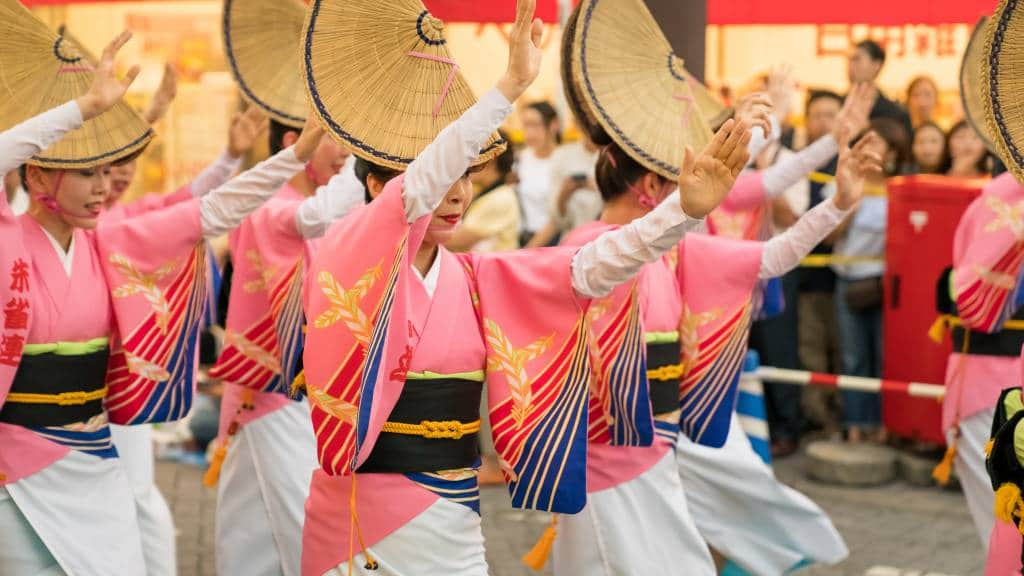What makes Japan so amazing to travel in is the variety—with every new prefecture, city or village you find something unique. Consisting of 47 prefectures, including 43 traditional prefectures, two urban prefectures (Osaka and Kyoto), one territory (Hokkaido) and the Metropolis of Tokyo, Japan has a lot of ground to cover, and a lot of surprises to unearth. If you’re thinking of venturing outside of the obvious, here are some highlights to help you pick your prefecture!

In our series, we cover the country by prefecture, with this post highlighting the five of prefectures of the Chugoku region. With plenty of stunning sea views and breathtaking landscapes like Tottori’s sand dunes and the torii gate of Miyajima, the sea is a vital part of the region. For lovers of seafood, amazing views and untouched towns, this is for you.
Jump to:
Tottori – 鳥取県

With a long coastline stretching east to west, Tottori has mountain ranges, flatlands and stunning sand dunes, all ready for exploring in every season. With ski slopes and onsen for winter and beachside dunes for summer, you may as well move here!
Sights:
- Tottori Sakyu are the largest dunes in Japan, stretching to 10 km in length and up to 2 km wide. You can ride camels, try paragliding or sandboarding, visit a sand museum and enjoy stunning views of the sea, all only 5 km from the city itself.
- Manga mania: Tottori is home to two of the most popular manga artists in Japan. You can visit the museum of Gosho Aoyama, author of Detective Conan, as well as Shigeru Mizuki, the creator of GeGeGe no Kitarō, a popular yokai manga, with various yokai statues dotted around the town.
- Mt. Daisen: This is the highest peak in Chugoku. It’s great for skiing in winter, or hikes through beautifully preserved forests where you can find shrines and temples along the way.

Festival
The Shan-Shan festival of Tottori City features thousands of locals performing the simple inaba umbrella dance brought from eastern Tottori. The name is onomatopoeic for the sound of bubbling spring water and the ringing of bells!
Food
The local favorite has to be the long-legged snow crab. Delicious in pretty much any form, this dish is a must-try in Tottori. Plenty of restaurants offer courses and meals using every part of this spidery specialty.
Shimane – 島根県

Filled with shrines and temples, Shimane is brimming with history and culture as well as beautiful surroundings. If you want to lose yourself in nature, the hikes, pilgrimages and walks are out of this world, and sure to give you the escape you need.
Sights
- Izumo Shinbutsu Pilgrimage: This pilgrimage consists of a figure-eight route that takes you to 20 different shrines and temples near Lake Shinji and Naka-umi Lagoon. It is unique in that it features both Shinto and Buddhist locations. The Izumo Taisha has the largest Shimenawa (sacred straw rope) in Japan, and is worth a visit.
- Iwami Ginzan Silver Mine: Opened in 1526 and active for 400 years, this mine is now a World Heritage Site and is surrounded by samurai and merchant houses.
- Daikon-shima is a lagoon island formed by volcanic ash thousands of years ago and is hence the perfect place for peonies and Korean ginseng. Yuushien Garden is amazing in full bloom, with two annual viewing seasons.

Festival
The 10th month of the lunar calendar is known in Izumo as the The Month of the Gods (though, it’s known across Japan as the Month of No Gods). This is where it is believed the gods congregate during that time. It is celebrated with festivals to welcome, entertain and see them off. Check event dates as it is often held during the last week of November.
Food
Izumo soba is made using the husks of the grain, giving it an earthier flavor. You pour the accompanying sauce over the noodles instead of dipping.
Okayama – 岡山県

An unusual prefecture with a brilliant combination of natural beauty and man-made wonders, Okayama has everything from stunning gardens to modern art, so you can experience a whole range of Japanese culture!
Sights
- Korakuen Garden is one of the top three landscaped gardens in Japan, and located right beside Okayama Castle. It has stunning views throughout the seasons.
- Kurashiki is a Venice-esque city with canals and preserved rice storehouses, many of which have been turned into museums, boutiques and cafes. You can take a traditional boat ride along the canals and enjoy the views!
- Inujima Island is a popular site for modern art and is a venue for the Setouchi Triennale modern art festival. Previously industrialized, the refinery ruins can be explored along with the art museum on foot.

Festival
Saidai-ji Eyo Hadaka Festival: Watch 9000 loincloth-clad men battle for two sacred sticks thrown down to them by a priest. If they can thrust them upward into a masu measuring box, they will be considered lucky men and blessed with a year of happiness. There is a children’s version on the previous day with local boys competing for rice cakes and prizes!
Food
Okayama bara-zushi is a beautifully prepared dish of seafood and mountain vegetables on a bowl of rice with bright colors and delicious flavors in every mouthful.
Hiroshima – 広島県

On the Seto Inland Sea, Hiroshima needs no introduction. While some attractions may call to the area’s dark history, there are plenty of stunning spots and bustling cities to visit as well as temples, shrines and amazing festivals.
Sights
- Hiroshima Peace Memorial: The A-bomb dome is instantly recognizable as one of the infamous images of Japan’s modern history. The park offers informative displays and hopeful messages for the future.
- Itsukushima: The only shrine and torii gate in the world located in the sea, Miyajima is one of the most famous sights of Japan and is on most people’s must-see lists (and for good reason).
- Hiroshima Castle, nicknamed Carp Castle, stands tall after being rebuilt in 1958 as a loyal replica to the original. It now serves as a museum to the history of the city prior to WWII.

Festival
The Miyajima Fireworks Festival is truly stunning, with reflections bouncing from the water and surrounding the temple. You can enjoy the show from the shore or on a special boat, either making for great views.
To mark August 6th, an annual lantern floating festival is held at the Memorial Park. It is a solemn but beautiful sight.
Food
Hiroshima okonomiyaki puts its own slant on the traditional favorite by layering ingredients rather than mixing them and often including noodles and a fried egg, leading to much bulkier creations!
Yamaguchi – 山口県

The very tip of Japan, Yamaguchi is the quiet and traditional side of the country that has so often been lost. With old castle towns like Hagi, bustling market towns like Shimonoeseki, and no shortage of amazing foods, it is a brilliant chance to see untouched Japan.
Sights
- Kintaikyo Bridge: The steep curves of the bridge in Iwakuni are probably familiar and were built to withstand strong river flow. It’s a great spot, just a short cablecar ride from the castle and surrounded by lovely restaurants.
- Shimonoseki: Filled with blow fish of every kind, Shimonoseki is the fugu capital of the world, with live displays in the aquarium, statues and freshly prepared sushi at the nearby fish market and restaurants. And you can also walk across to Kyushu using the underground tunnel!
- Akiyoshido/Akiyoshidai: The longest cave in Japan, this is an amazing cavern filled with multilingual guides and displays that highlight the unique structures. It opens into a beautiful forest river, with stunning views.

Festival
The Yamaguchi Gion Matsuri is similar to that of Kyoto’s, but on a smaller scale and features a stunning Heron Dance, but there is also a brilliant goldfish lantern festival in August.
Food
While fugu is a great talking point, a real local specialty is Iwakuni sushi. Layered rice made in large rectangles cut into servings, it is often served as part of teishoku lunch sets.
Easily reached from the likes of Kyoto and Osaka, extend your trip to Hiroshima and the surrounding areas for a break from busy crowds and a step back into a more traditional Japan!





























